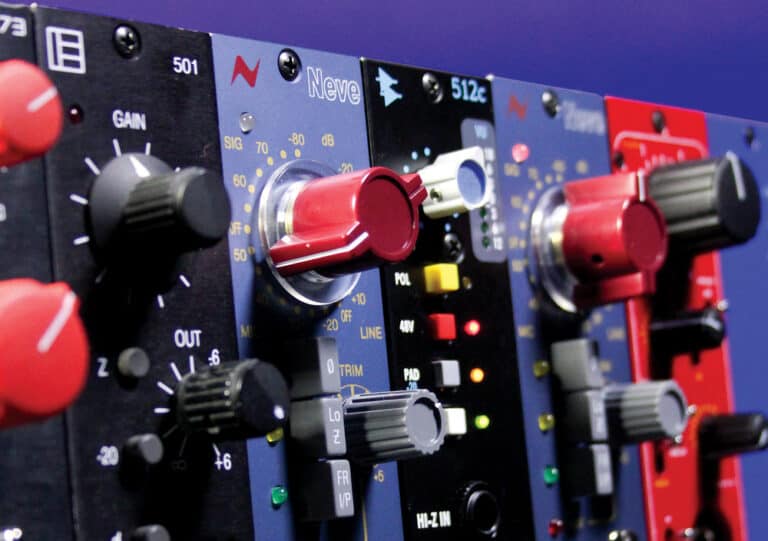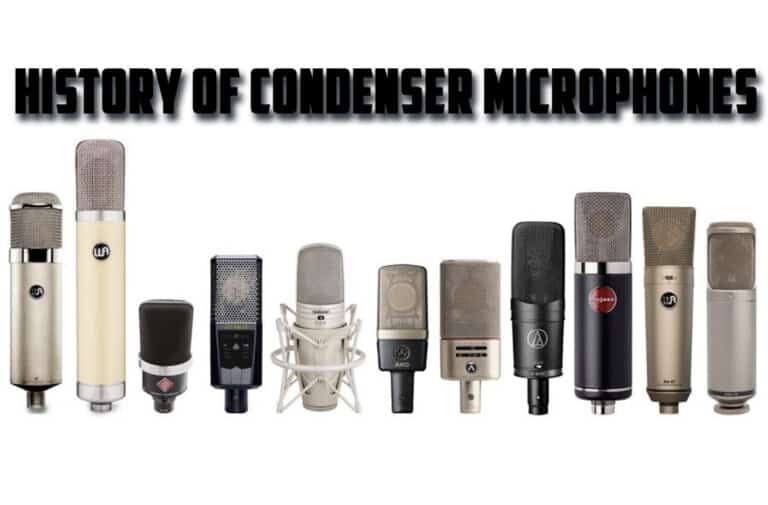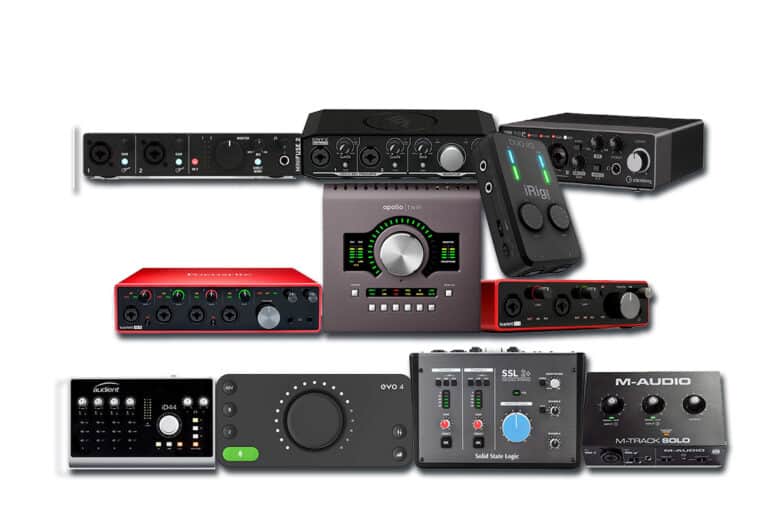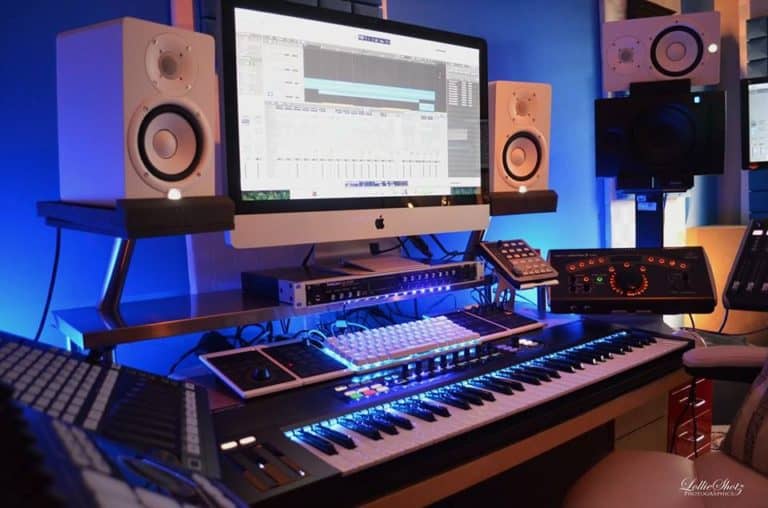3 Types of Microphones and Their Amazing Impact
Elevating audio quality should be your top priority in any production, and picking the ideal microphone for a job can decide its success or failure. How many types of microphones can you choose from? You’ve got an array of options—from microphones designed just for creating music to those crafted precisely for live sound or podcast recordings—so you’ll discover one that meets all your requirements! By selecting the appropriate type of microphone, you won’t have to compromise audio excellence in exchange for convenience.
How Many Types of Microphones Are There?
Understanding the various microphone types available is critical to guarantee that your sound quality is top-notch. Whether you’re a musician, podcaster, or audio engineer, there are three main categories – dynamic mics, condenser mics, and ribbon mics – each with its features and applications depending on what type of recording situation arises. When armed with this knowledge base, making the right choice for your needs becomes simple! We’ll delve deep into each type to ensure you maximize these microphones and their variants to teach you how they work best when used correctly.
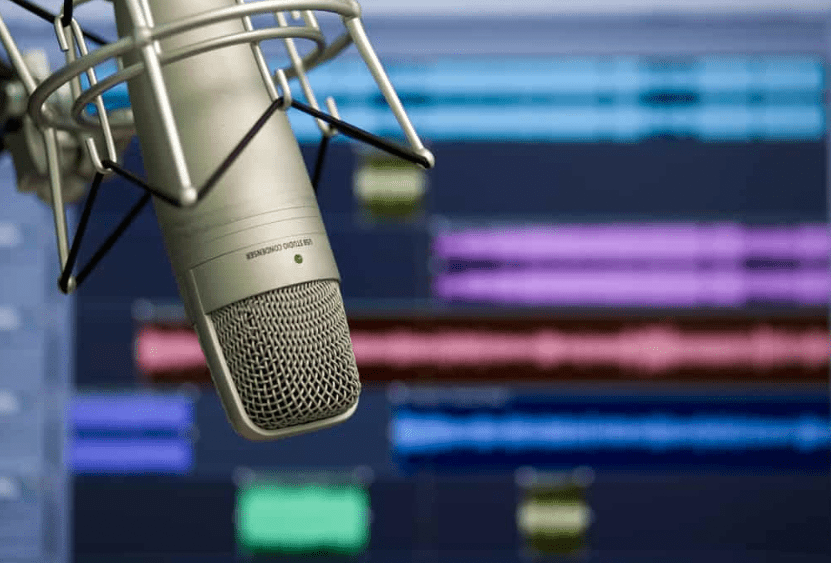
Condenser Mics
For many years now, condenser mics (or capacitor mics) have been favored by musicians and broadcasters alike due to their capacity to capture high-fidelity sound waves with minimal noise. In this article, you’ll journey through the historical development of these incredible pieces of technology and discover how they are being utilized in our day and age!
The 19th century marked a revolutionary period of innovation, thanks to brilliant minds such as Ernst Werner von Siemens. First, he invented capacitors which consisted of two conductive plates with dielectric material in between them that stored electric charges – this became the basis for creating condenser microphones. Then in 1916, E. C Wente designed its very first practical version, which was utilized across America on radio stations- revolutionizing our lives forever!
Condenser microphones are designed to be incredibly accurate due to their specific architecture. They feature an electrically charged diaphragm and a backplate separated by air, generating a voltage contrast between the two materials, allowing them to detect sound waves with far greater precision than standard mics can. In other words, condenser mics offer unparalleled recording clarity than any other type of microphone cannot match!
When sound waves encounter the diaphragm, they create a vibration that generates an electrical contrast between the two plates. Audio systems amplify and refine this electricity so we can hear it. This process makes the accurate recording and reproduction of sounds a reality.
There are two types of mics for condenser microphones: electret and true condenser. An electret microphone contains a pre-charged diaphragm material that does not need an external power source; conversely, a true condenser needs an external electricity supply to maintain its electrical charge.
Condenser mics are ideal for musicians and sound engineers due to their impressive capacity to detect even the quietest noises with a broad frequency response range that can capture any audio. This makes them optimal for recording music and vocals or amplifying live event sounds.
Are you looking for crystal-clear audio? Condenser microphones are your go-to option. They possess remarkable low-noise characteristics and outstanding acoustics, meaning they effectively filter out background noise to create the perfect soundscape – one that’s suitable for both studio recording and remote applications alike! With their superior clarity and precision, these mics will give you precisely what you need.
Condenser microphones are essential for many purposes, from television and radio shows to scientific investigations. Their recordings exhibit unparalleled brightness and precision in both live performances and studio atmospheres – making them ideal for measuring laboratory sound levels! Whether capturing vocals and acoustic instruments or filming music videos, condenser mics will always be the best option for producing premium content.
The condenser microphone is an astounding invention that has completely reshaped sound recording and broadcasting. Its broad frequency response, low noise level, and ultra-high sensitivity make it the ideal choice for capturing audio with unparalleled accuracy – both in a studio or while you’re out on location. If producing superior sound quality is your aim, this system surpasses all other devices in precision, making it essential!
Types of Condenser Microphones
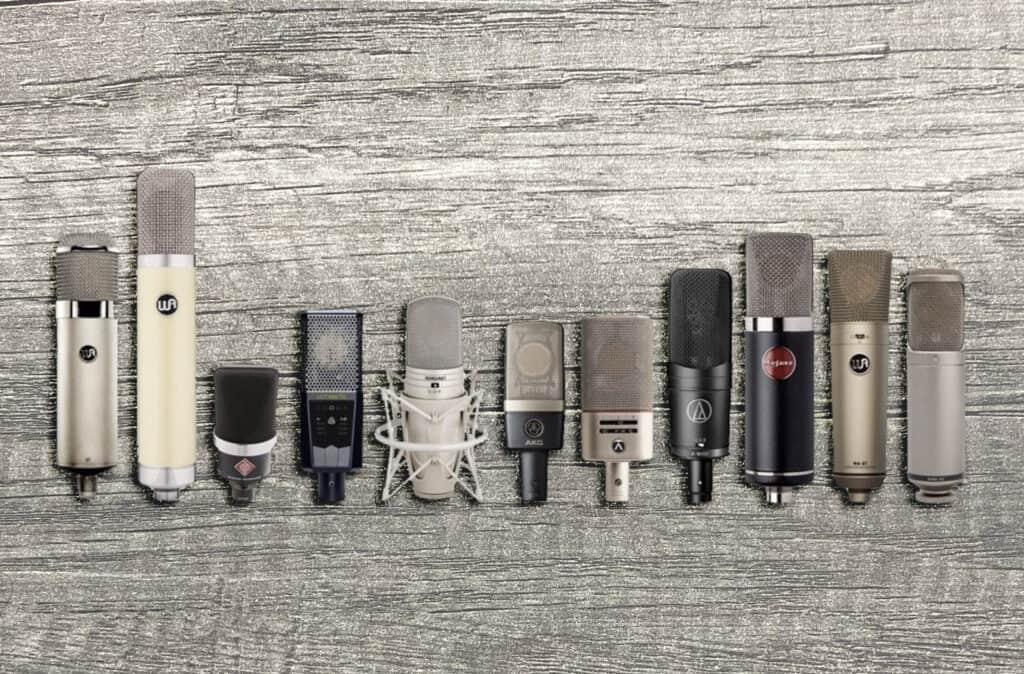
Condenser microphones are renowned for their excellent accuracy, as they use a charged capacitor diaphragm that vibrates in response to sound waves and produces an electrical signal. This engine of precision is perfect for capturing vocals and acoustic instruments with the utmost clarity, thus presenting listeners with sophisticated sonic experiences.
Large-diaphragm
With a broader frequency spectrum and expansive dynamic range, large-diaphragm condenser microphones are superb for capturing vocals and acoustic instruments with an exquisite warm sound.
Small-diaphragm
Small-diaphragm condenser mics offer a narrow frequency response and concentrate sound from the direction they are pointed, making them optimal for recording intricate sounds like acoustic guitar, piano, and percussion.
Best uses
- Studio recording (vocals, acoustic instruments, piano, and percussion)
- Podcasts and broadcasting (voiceovers and interviews)
- Live music performances (acoustic guitar, piano, and percussion)
Dynamic Mics
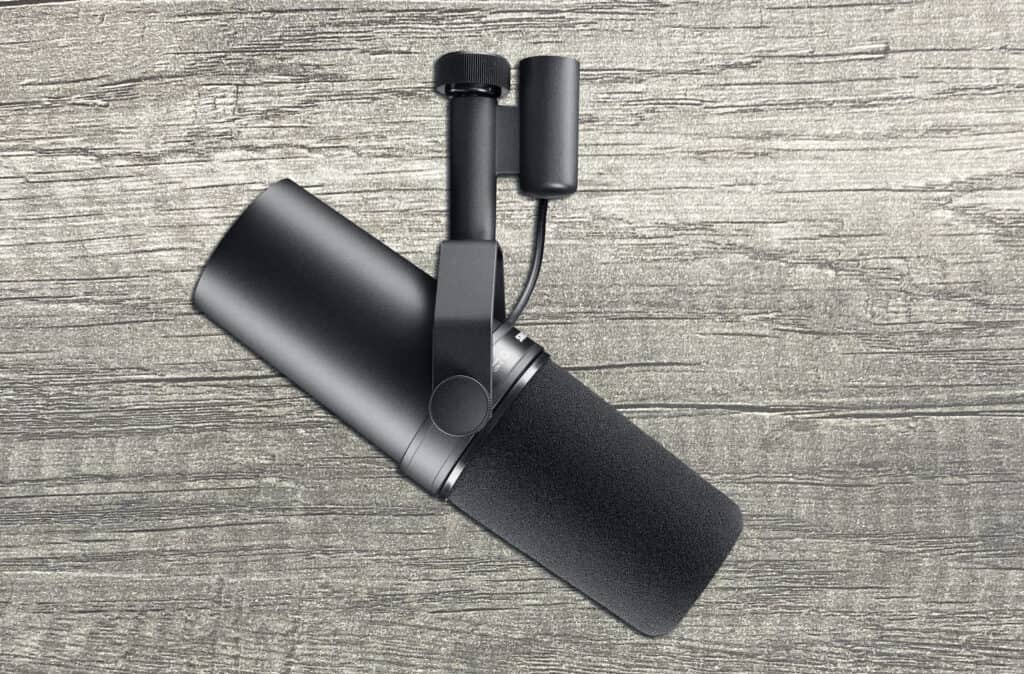
Since their introduction, Dynamic Mics have revolutionized sound technology with their ability to convert sound waves into electrical signals using a moving coil. Live performance events, broadcasting studios, and PA systems are examples of the many industries that have enjoyed immense success thanks to these mics. Let’s explore how they came about in this article and uncover some of their design principles and significant applications!
A.L. Thuras and E.C. Wente of Bell Laboratory astonished the technological world in 1931 by introducing their Western Electric Model 618A microphone, which is now credited as being the foundation for modern-day moving-coil microphones technology!
Dynamic microphones represent a pinnacle of sound recording technology, boasting an impressive design that consists of a diaphragm and coil connected to a magnet. Crafted from lightweight materials such as Mylar or plastic, the diaphragm is incredibly sensitive, while coils embrace wire wounds around metallic cores. Additionally, appeals may be either permanent or electromagnets, depending on their intended purpose for use.
As sound waves hit the diaphragm, it vibrates and moves a coil within an encircling magnetic field. The result is a precise electrical signal that mimics the original waveform, which audio equipment can then increase to create what we experience as audible sound.
Dynamic microphones are renowned for their robustness and longevity, making them an excellent selection in live sound reinforcement applications. Moreover, they don’t pick up on background noise as quickly as other microphone types; this makes them ideal for concert venues or stadiums where external noises may exceed the audio source of interest. As a result, you can confidently select dynamic microphones indoors and outdoors, knowing that clear sounds will be reliably captured despite noisy environments.
Dynamic microphones are ideal for those who want to record various sounds without breaking the bank! They provide superior sound quality, and their budget-friendly price makes them perfect for recording vocals, drums, guitar amplifiers, or other amplified instruments. So if you want to make excellent audio recordings on a tight budget – dynamic mics are your go-to choice!
Dynamic microphones are a must-have for capturing live performances and recording amplifiers, as they can suppress loud noise without adversely affecting sound quality. In addition, thanks to their remarkable ability to withstand high-pressure levels, you can be confident that your audio will remain crystal clear during recordings.
Dynamic microphones should be your first pick if you’re creating music in a loud environment but are also used in the studio, broadcasting on television or radio, or supplying audio reinforcement for events. With a capacity to perfectly capture drums and guitar amplifiers and make announcements and speeches heard through PA systems, these mics are essential for professional recording studios and home setups.
Dynamic microphones are essential for professional audio. They can manage high sound pressure levels and boast remarkable longevity – making them the ideal choice for live performances or recorded studio sessions. So, whether you need to capture clear audio at a public address system or an outdoor concert, dynamic mics always have your back!
Types of Dynamic Microphones

Dynamic microphones are designed to capture loud and dynamic sounds, making them ideal for high sound pressure levels. With a moving coil diaphragm that captures sound waves that can be amplified and recorded, these durable mics deliver unmatched audio quality.
Cardioid
Cardioid microphones are excellent for live performances because of their heart-shaped directional pickup pattern – they capture sound from the front and reject noise from behind or the side. This allows you to shield your vocal performance, ensuring that no ambient sound seeps into your recording and thus resulting in higher quality audio.
Hypercardioid
Hypercardioid microphones are an exceptional choice for recording in loud or disruptive areas. These mics have a much more focused directional pattern than cardioids, picking up sound from the front while rejecting noise from all other directions. As such, they provide far superior direction control and noise cancellation compared to traditional cardioid designs – perfect for achieving crystal-clear audio recordings!
Omnidirectional
Omnidirectional microphones are the perfect choice for capturing ambient noise and full ensemble performances, as they can pick up sound from any direction with equal intensity.
Best uses
- Live music performances (vocals, drums, guitar amps, and other loud instruments)
- Public speaking and broadcasting (lectures, speeches, interviews, and podcasts)
- Sound reinforcement (PA systems, DJ setups)
Ribbon Mics
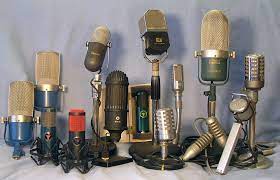
Ribbon microphones, which capture sound waves and convert them into an electrical signal using a narrow metal ribbon, are renowned for their natural and warm tone. To understand these iconic mics, we will journey through the history of their invention, examine how they’re constructed, and explore the multiple uses in studio recording sessions or live performances to broadcasting.
Take a stroll through time to the early 1920s, when American engineer Walter H. Schottky invented ribbon microphones. These particular mics are formed by suspending an aluminum or similar metal ribbon between magnets for sound production. This revolutionary design is still used today and has served in history as one of great creativity!
Ribbon microphones are uniquely crafted with a lightweight aluminum foil ribbon, typically no more than just a few microns thick. This ribbon is carefully suspended the poles of either an ultra-powerful permanent magnet or electromagnet to complete its construction.
When sound waves come into contact with the ribbon, it begins to vibrate, and a current of electricity is released. An audio system then processes and amplifies this current, resulting in an audible noise we can hear. In addition, ribbon microphones are known for picking up on even the slightest tone variations and producing pleasingly warm sounds that soothe our ears naturally.
Ribbon microphones are renowned for their capacity to capture high-frequency detail and transients, making them the perfect choice when recording acoustic instruments like violins, guitars, or drums. Furthermore, this type of microphone excels at capturing the organic sound of a room – an especially useful quality if you’re looking to record in a studio or live venue.
Ribbon microphones are particularly adept at capturing loud sound sources since their ability to handle high sound pressure levels ensures audio will remain intact even when recording drums, guitar amps, or other louder instruments. Additionally, ribbon mics have the unique attribute of a figure-8 polar pattern, allowing the recordist to pick up sounds from both in front and behind while declining unwanted noise coming off the sides. This makes them ideal for music production, film, and video work.
Ribbon microphones are highly sought after in studio recordings, boasting superior sound quality for acoustic instruments, percussion pieces, and vocal takes. Furthermore, they have become a staple in live events and broadcasting applications such as radio or TV production due to their ability to capture clear sound with minimal distortion.
Over the past several years, ribbon microphones have soared in popularity among recording engineers and producers due to their warm yet natural sound. As a result, these mics are an excellent choice for capturing acoustic instruments such as violins, pianos, and guitars which can be heard on many timeless recordings.
Ribbon microphones are an unrivaled audio technology used in broadcasting and recording for almost 100 years. Their knack for capturing subtle details and their figure-8 polar pattern provide the perfect environment to perfectly record acoustic instruments, drums, or vocals. From live gigs to radio broadcasts – it’s no secret that ribbon mics have become a must-have tool when you want flawless sound quality!
Types of Ribbon Microphones
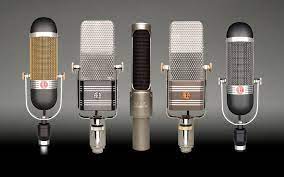
Ribbon microphones generate an electrical signal by utilizing a thin metal ribbon that vibrates in response to sound waves they detect. These types of mics are renowned for their warm and natural sound, along with the figure-eight directional pickup pattern, which allows them to pick up audio from both the front and back while rejecting noise from their sides.
Active: Leveraging their internal preamp, active ribbon microphones are ideal for capturing louder sounds since they boast a heightened sensitivity and ability to manage higher sound pressure levels.
Passive: Without an internal preamp, passive ribbon mics are less sensitive and necessitate a high-gain preamp to amplify the signal.
Best uses
- Studio recording (vocals, brass, and string instruments)
- Live music performances (vocals, brass, and string instruments)
- Broadcast and voiceover recordings (narration and dialogue)
Summary
To sum it up, recognizing how condenser, dynamic, and ribbon mics contrast can vastly improve your audio production experience. In addition, each type of microphone possesses distinctive features and advantages that render them suitable for various uses. Accordingly, learning the nitty-gritty of each kind is essential for optimal quality recording outcomes.
Condenser mics are a dream for studio recordings, helping capture the most subtle and intricate sounds, like those from vocals or acoustic instruments. On the other hand, dynamic mics are renowned for their versatility and toughness in live settings and when recording electric guitars or drums. Ribbon microphones have an inviting resonance that allows them to masterfully produce natural-sounding vocal tracks while also effectively capturing brass or string instruments!
To obtain the best audio quality possible, one must comprehend each microphone type’s strengths and weaknesses before selecting a specific application. Furthermore, consider environmental factors like where you will be recording and the sound source that needs capturing. Investing in high-quality microphones and understanding how to maximize their potential can significantly elevate your audio recordings.
Tags: types of microphones, various types of microphones, 5 types of microphones, types of microphones, types of microphones, types of microphones
Related Articles
Get Custom Made Microphones at Mic-Parts.com
The Ultimate Guide to the Best Vocal Mics: Condensers
9 Best Vocal Microphones to Make Your Vocals Sound Amazing!
9 Best Condenser Mics That Will Blow Your Mind!
9 Best Live Vocal Microphones That Make You Stand Out!
9 Essential and Excellent Tips for Recording Vocals at Home




